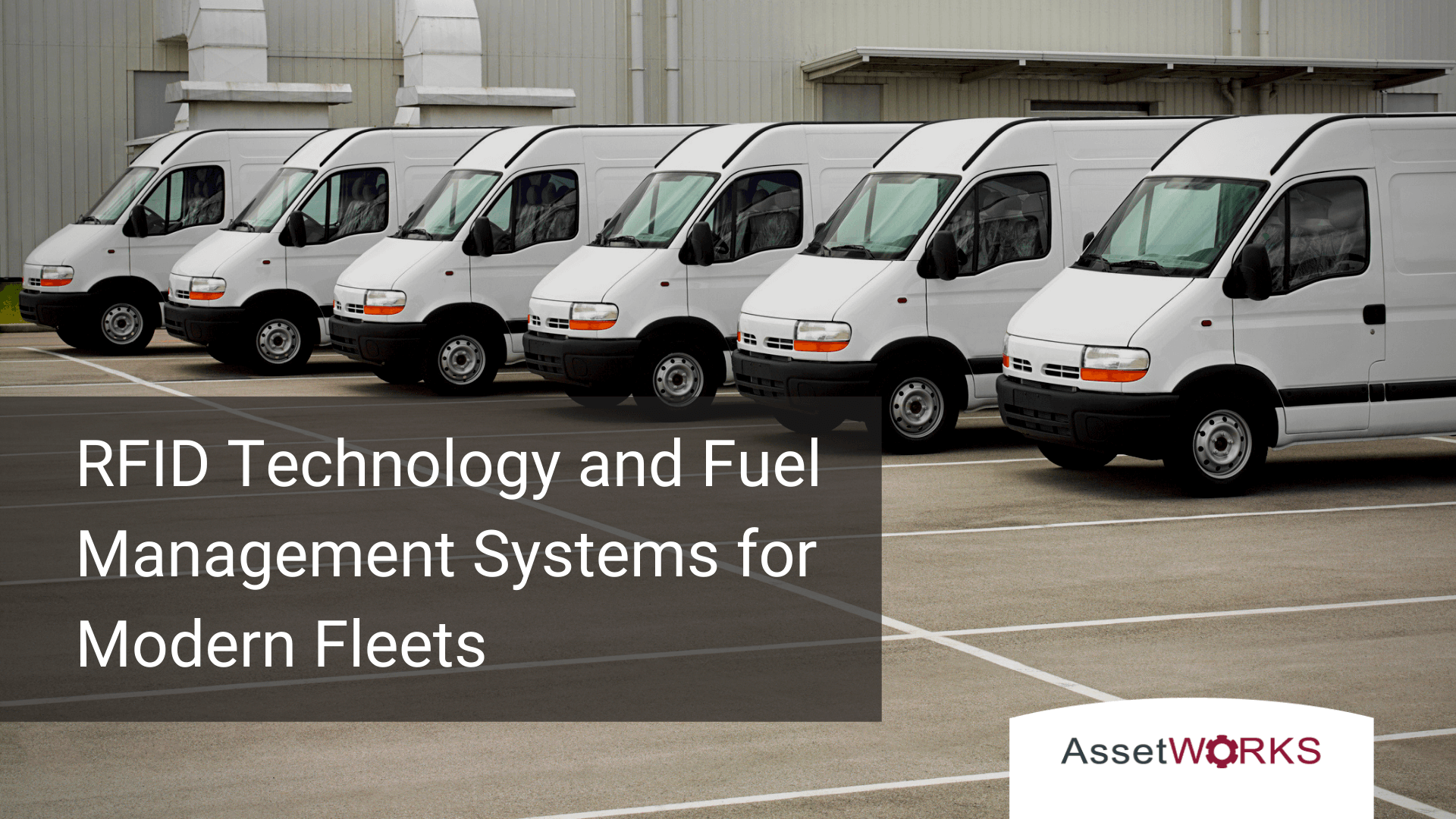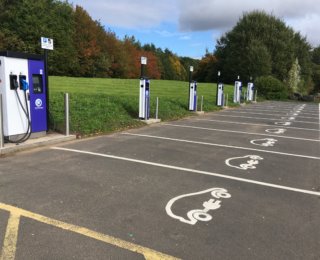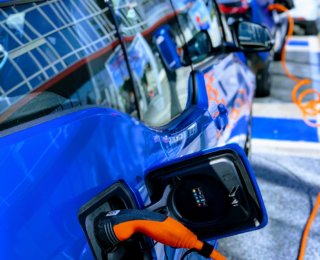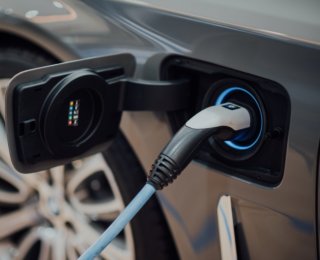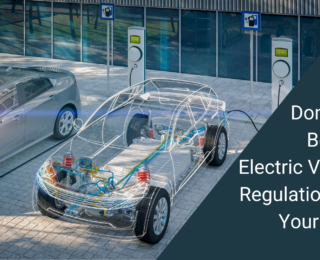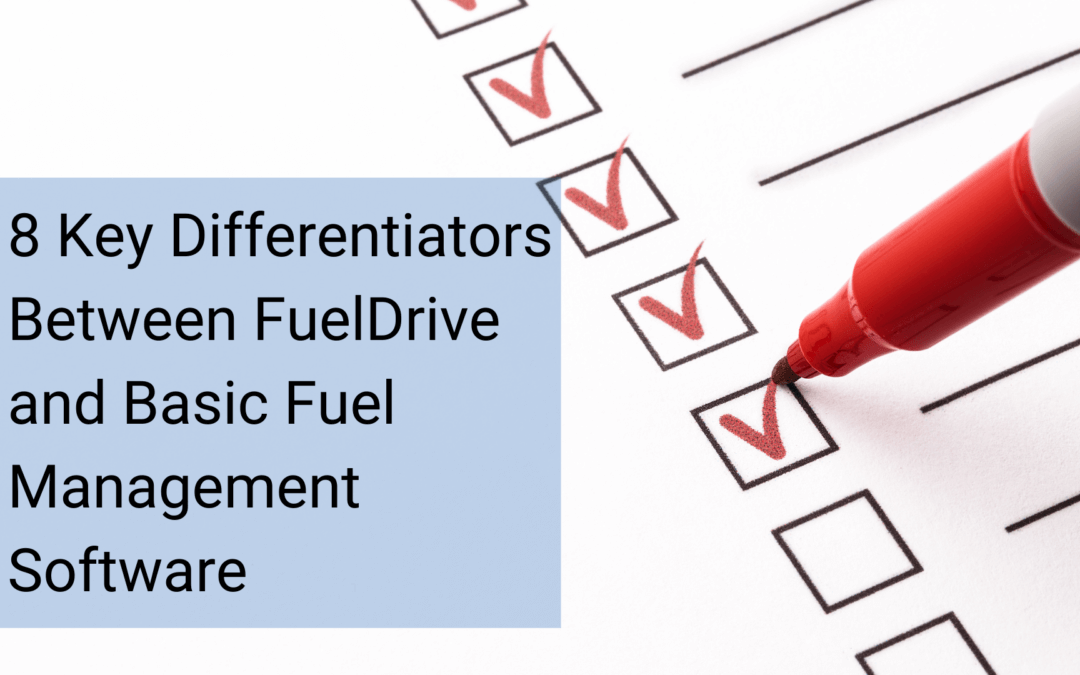
8 Key Differentiators Between FuelDrive and Basic Fuel Management Software
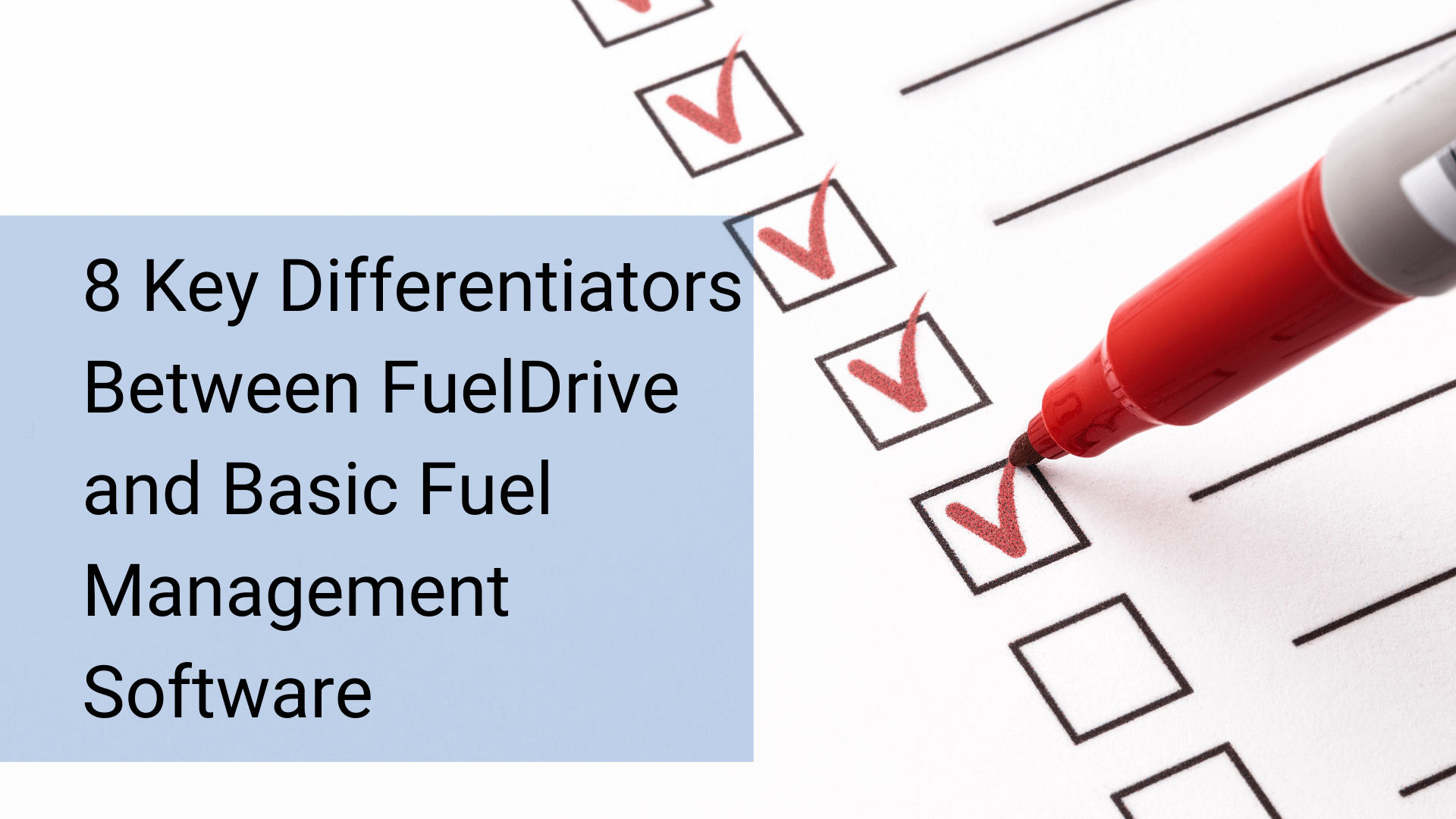
While there are many different fuel management systems on the market, none are quite as robust as FuelDrive. With dedicated benefits for both fleet operators and fuel distributors, FuelDrive makes its mark as a unique blend of hardware and software. Check out the list below to read about eight of the key differentiators between FuelDrive and other fuel management systems.
1. FuelDrive is powered by AssetWorks, with over 35 years of experience in the commercial fleet and fuel management industry. AssetWorks has been a leading provider of fleet and fuel management software for decades, with customers spanning the public and private sectors in North America, the United Kingdom and the European Union. With FuelDrive, you can count on this experience to help support your operations through integrated hardware and software solutions.
2. FuelDrive’s vehicle hardware module (FJ3) possesses extended memory and available built-in options for passive GPS and driver behavior.
3. You do not need to limit your operations to achieve success with FuelDrive. FuelDrive presents you with the ability to control an unlimited number of fuel islands, employees and vehicles.
4. With FuelDrive, there is no need for multiple hardware units for data collection. The Island Control Unit (ICU) can also double as a Vehicle Data Controller (VDC) to collect data from vehicles equipped with FJ3 hardware when driving within 200 feet of an ICU.
5. FuelDrive helps make fuel theft and misuse problems of the past. Small Vehicle Identification (SVID) tags can be used to secure fuel and identify the vehicle ID when third party GPS/Telematics systems are being utilized.
6. The FuelDrive teams also offers a Mobile Fuel Control (MFC) truck mount fuel management system with the same features as the Island Control Unit (ICU).
7. Hardware as a Service (HaaS) is a popular option for fuel management organizations today. Rather than purchasing hardware outright, or leasing it from a provider, FuelDrive provides essential fuel management equipment for a monthly fee. With FuelDrive’s HaaS model, small and large vehicle fleets get all the functionality they need, but at a more manageable and predictable cost. This provides you with the peace of mind that your hardware is under warranty and that the parts for your Island Controller Unit are covered in the event of a hardware failure.
8. In addition to HaaS, FuelDrive also offers a Software as a Service (SaaS) model. SaaS is a software licensing and delivery model in which software is licensed on a subscription basis and is centrally hosted . SaaS differs from the traditional model because the software (application) is already installed and configured, so you see results quickly. In addition, all updates are included and are available to you immediately.






